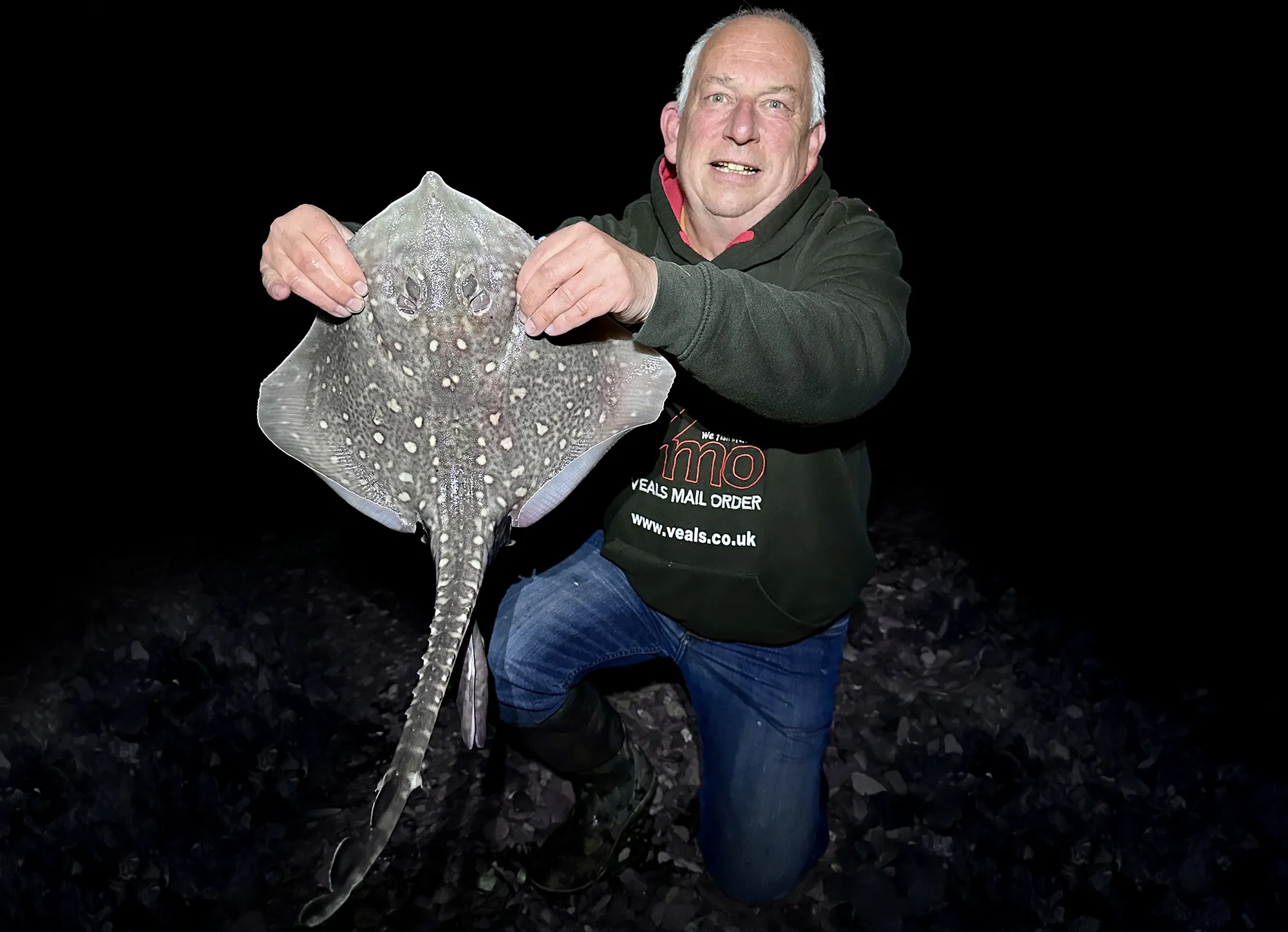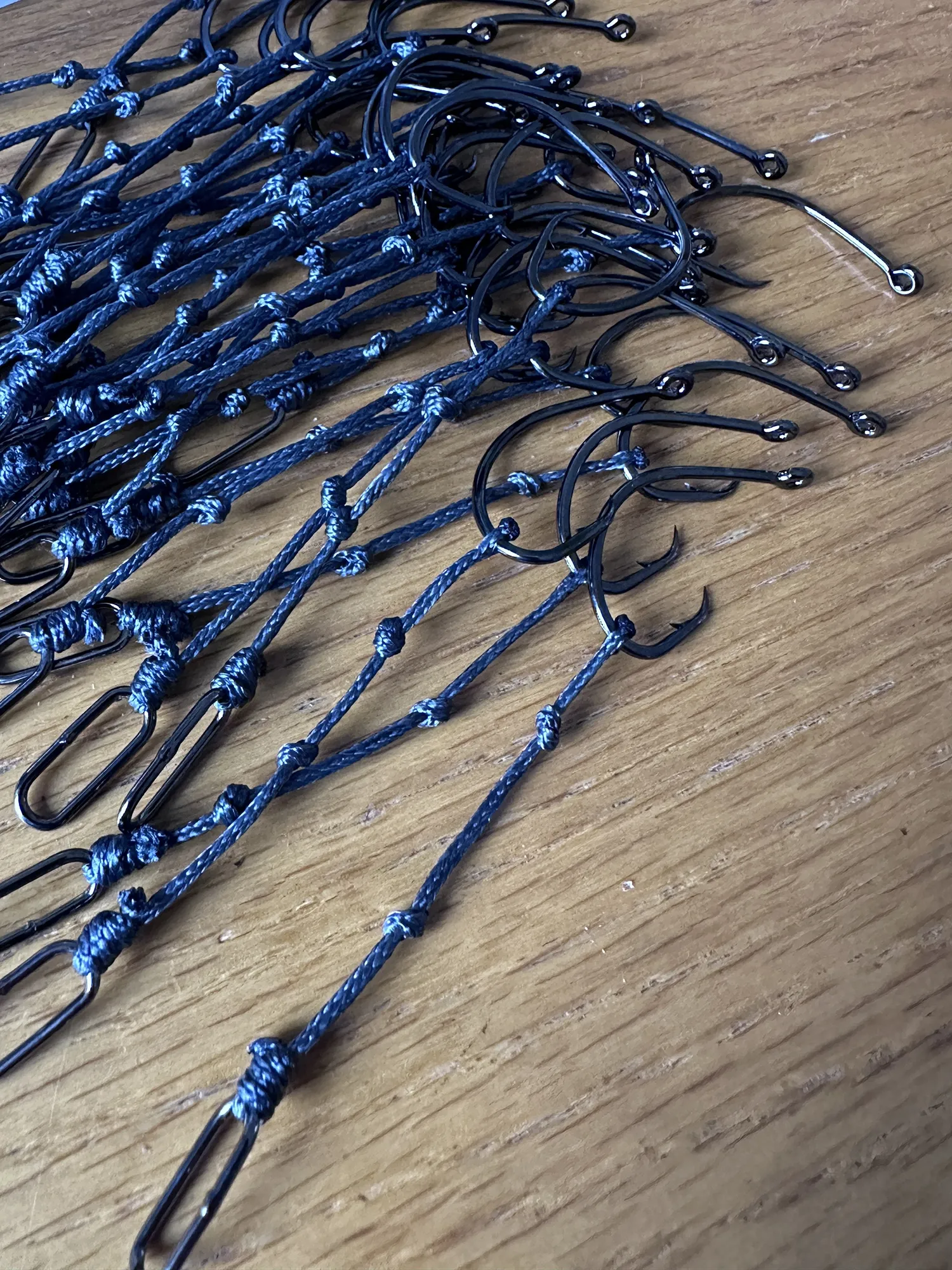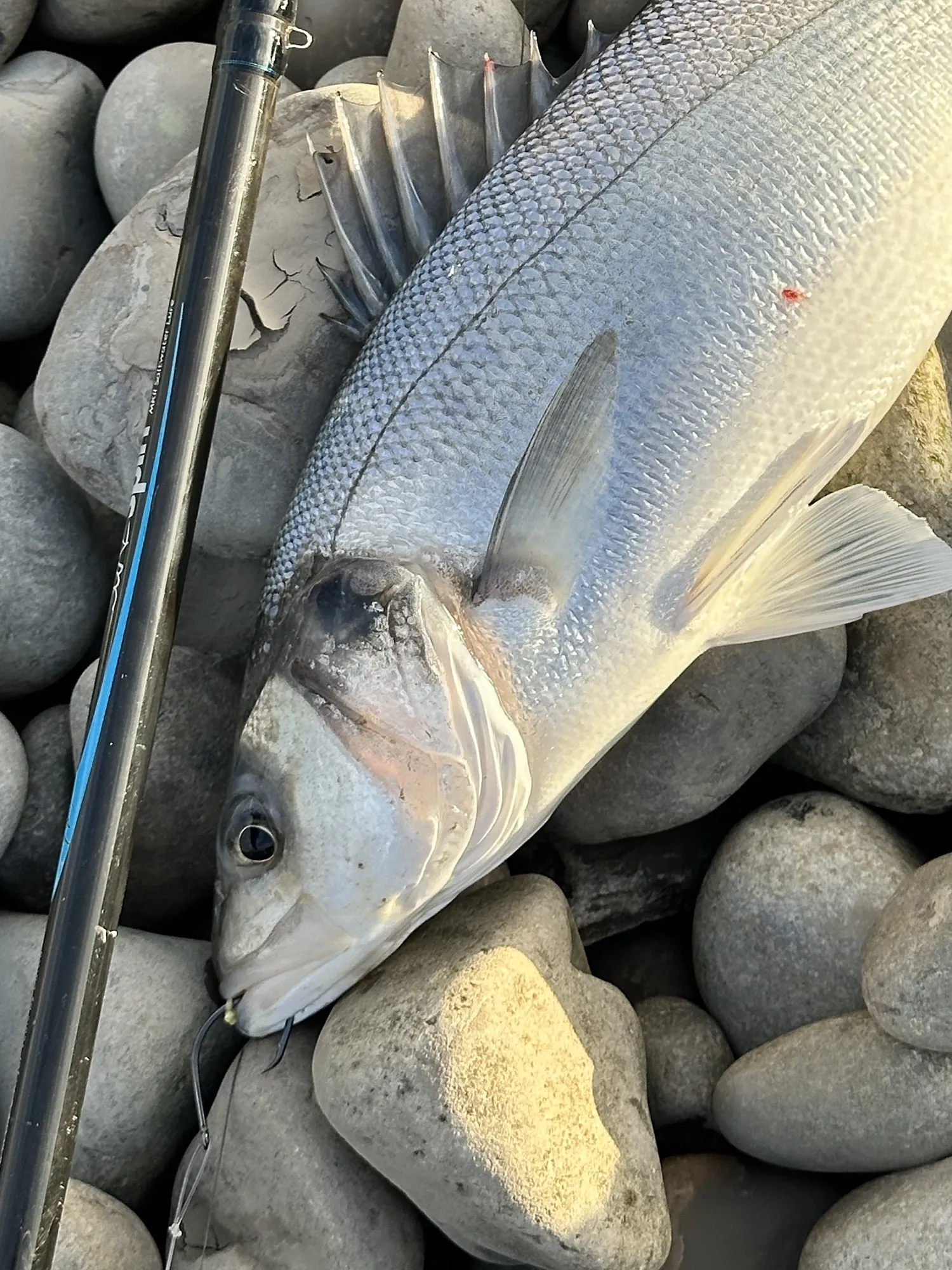Species of the Month: Black Bream (Spondyliosoma cantharus)
Explore this blog to learn more about Species of the Month: Black Bream (Spondyliosoma cantharus).
Published on July 7, 2025
- /
- Blogs /
- Species of the Month: Black Bream (Spondyliosoma cantharus)
Beautiful summer bream
A South coast favourite
When it comes to rewarding, fast-paced, and sometimes frustrating summer fishing along the south coast of the UK, one species stands out—the black bream (Spondyliosoma cantharus). These beautiful, silver-grey fish with distinctive black stripes and iridescent blue tinges are one of the more spirited inshore species you can target from the beach. Agile, inquisitive, and surprisingly powerful for their size, black bream are a summer favourite for many anglers, especially along shingle marks like Chesil Beach.
Though they're virtually absent from the Bristol Channel (certainly in the upper reaches), and therefore less commonly featured in my own local sessions, the popularity of black bream as a summer target across the southern coast of England makes them more than worthy of the spotlight in this month’s feature. If you're planning a trip to the south coast—from Chesil to the Solent, or any rocky marks in Dorset and Sussex—you’ll want to read on.

Where to Target Black Bream
Black bream arrive inshore during the spring and can often be found well into early autumn. They favour rocky or broken ground, particularly where there's a mixture of shingle, sand, and reef.
Chesil Beach is undoubtedly one of the prime shore fishing venues for black bream with the Ferrybridge section undoubtedly the most productive. The species can also be encountered at many Dorset rock marks where deep water is present. These areas offer a combination of close-in structure and steep drop-offs—ideal for targeting bream on light gear.
Other productive marks include Pagham, Selsey, Bracklesham Bay, and areas around the Isle of Wight. These locations provide bream-friendly habitats and are popular with anglers specifically targeting this species during warmer months.

Best Conditions and Timing
Bream can show at any state of tide, but your best chance will often come during the first light of day, especially if it coincides with a flood tide. These fish move in close under the cover of darkness and will feed confidently within casting distance if conditions are right.
Look for:
- Calm to moderate seas
- Clear or lightly coloured water
- High tide at dawn or dusk
A flapper rig is ideal in these conditions. Bream are sometimes found feeding just yards from the shore, especially where there’s shell grit, weed, or broken ground. The flapper allows you to present baits attractively close in, giving them natural movement and access to multiple hook options.

Tackle and Rigs
To get the most from black bream fishing, think light and delicate. This isn’t the place for 6/0 hooks and pulley rigs.
- Hook size: Size 2 Aberdeen hooks work well. Circle hooks can also be effective.
- Snoods: Use light mono or fluorocarbon snoods, around 10–20lb, to encourage natural bait movement.
- Rig: A two- or three-hook flapper rig works best. Keep hook lengths around 12–16 inches.
- Lead weight: Use a plain lead if conditions allow—bream like subtle movement, and too much resistance can put them off.
To up your game, consider adding a pop-up bead or small floating attractor just above the hook. This subtle presentation trick gives your bait a little extra movement, which appeals to the bream’s curious and somewhat aggressive feeding style.

Best Baits for Black Bream
Bream aren’t especially fussy, but fresh, well-presented baits make all the difference. The top bait choices include:
- Small ragworm – particularly deadly, especially in early summer.
- Lugworm – ideal when fish are feeding more confidently.
- Thin strips of squid – either on their own or tipped with worm, can be irresistible.
- Cocktail baits – rag tipped with squid or even a sliver of mackerel can add visual attraction and scent.
Bear in mind that on Chesil Beach, especially during calm summer spells, you might encounter large numbers of very small bream. These tiny fish can be a real nuisance, stripping worm baits from the hook in seconds. It’s like piranha fishing, and you may find yourself reeling in bare hooks more often than you’d like. When this happens, switch to tougher bait (like squid) or bulk up your presentation to battle through the smaller fish.

The Fight and the Fun
Black bream are a delight on lighter surf tackle or even bass rods. On the right gear, they give an impressively spirited fight, darting from side to side and often diving for cover if any structure is nearby. They're fast and wiry, and even a fish of a pound or two will give you a runaround.
Expect:
- Sharp, aggressive bites
- Fast initial takes
- Tight, zigzagging fights on the retrieve
This makes them ideal for anglers who enjoy sporting fishing from the shore, combining skill, finesse, and some great scrapping action.

Eating Quality
Not only are black bream a joy to catch, but they also make superb eating. Their firm, white flesh is perfect grilled, baked, or pan-fried, and they hold up well in Mediterranean-style recipes. Just be sure to follow local size limits and conservation guidelines, as bream are a relatively slow-growing species and often under pressure from commercial interests.
A fish around 30–35cm makes for an excellent table specimen. Anything larger is a bonus, and if you’re lucky enough to catch one over 2lbs from the shore, you’ve made a nice catch!
Final Thoughts
A prime target on the South coast
Black bream may not feature heavily on the radar for Bristol Channel anglers like myself, but for anyone venturing south during the summer months, they’re a prime target that deserves serious attention. Whether you're fishing from the steep shingle of Chesil, the rocky outcrops of Portland, or the sandy shelves of Sussex, black bream offer exciting, technical fishing with the bonus of a tasty reward.
So, if you’re planning your next beach session and want something a little different—something that requires finesse, timing, and attention to detail—then set your sights on the ever-enigmatic black bream.


